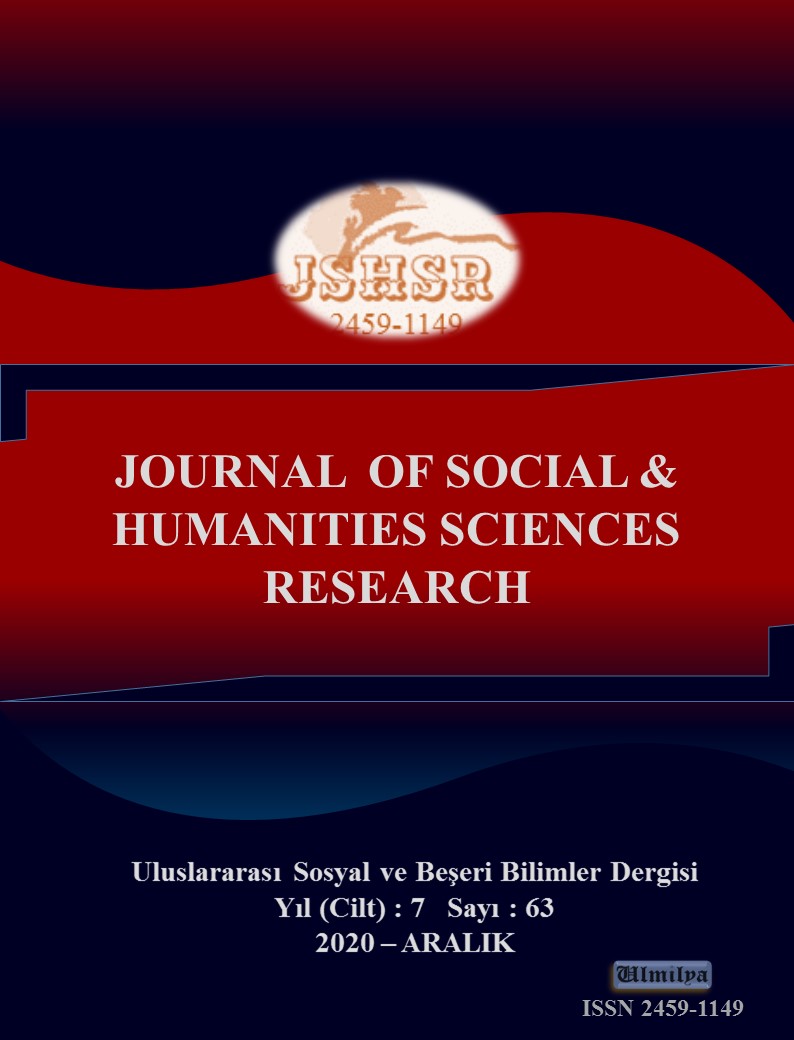EXAMPLES OF TURKISH LITERATURE RESTRICTED NAZIM SHAPE: SHEIKH GALIB'S TARDIYES
DOI:
https://doi.org/10.26450/jshsr.2238Keywords:
Classical Turkish literature, Divan poetry, Sheikh Gâlib, TardiyeAbstract
Tardiye is a type of musammat, which is a multi-bent form, consisting of clauses of five lines. Musammat means thread with a string of pearls in Arabic. Consisting of five lines of bent, tardiye is also called tard u rekb. The tardiye, which is a kind of muhammes, has some differences that differ from the muhammest. This separation is a matter of question in terms of form and subject. The first feature that distinguishes the tadiyya from the muhammes is that muhammes aruz patterns can be written completely. On the other hand, tardiye is written only with the mold mef û lü/me fâ i lün/fe û lün Another feature of the tardian that differs from the esteem is that the basic rhyme is only in the fifth lines of the clauses. In other words, the last lines of the paragraphs are not rhymed with other lines. The rhyme systems of the last lines are among themselves. Muhammeste may also be in the fourth verse. The first four lines of each bend are rhyming among themselves. The rhyme scheme is as follows and has no other form: b b b b a - c c c c a - d d d d d a - e e e e a ... In this study, the dignitaries of Sheikh Gâlib's Hüsn ü Aşk and his Divans will be studied. Hüsn ü Aşk, which is among the masterpieces of classical literature, draws attention as a work reflecting the mystical ideas of the poet as well as its dragging style and content. The tardiye in the work forms an integrity with the immersion of the subject. In the study, at the end of five mısralık me, have-given part of the transfer to be made in Turkey Turkish.
Downloads
Published
How to Cite
Issue
Section
License
Copyright (c) 2020 INTERNATIONAL JOURNAL OF SOCIAL HUMANITIES SCIENCES RESEARCH

This work is licensed under a Creative Commons Attribution 4.0 International License.


